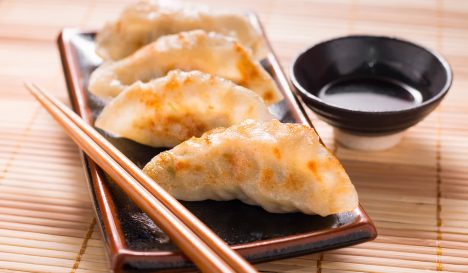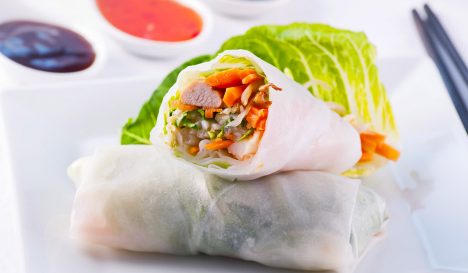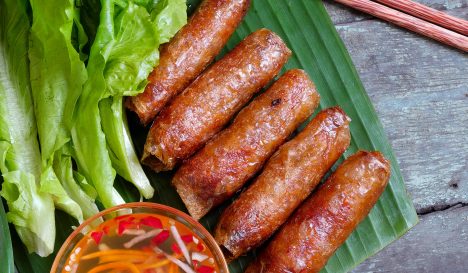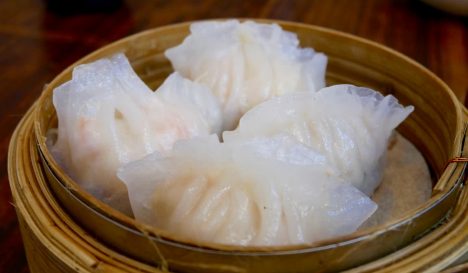Dim sum
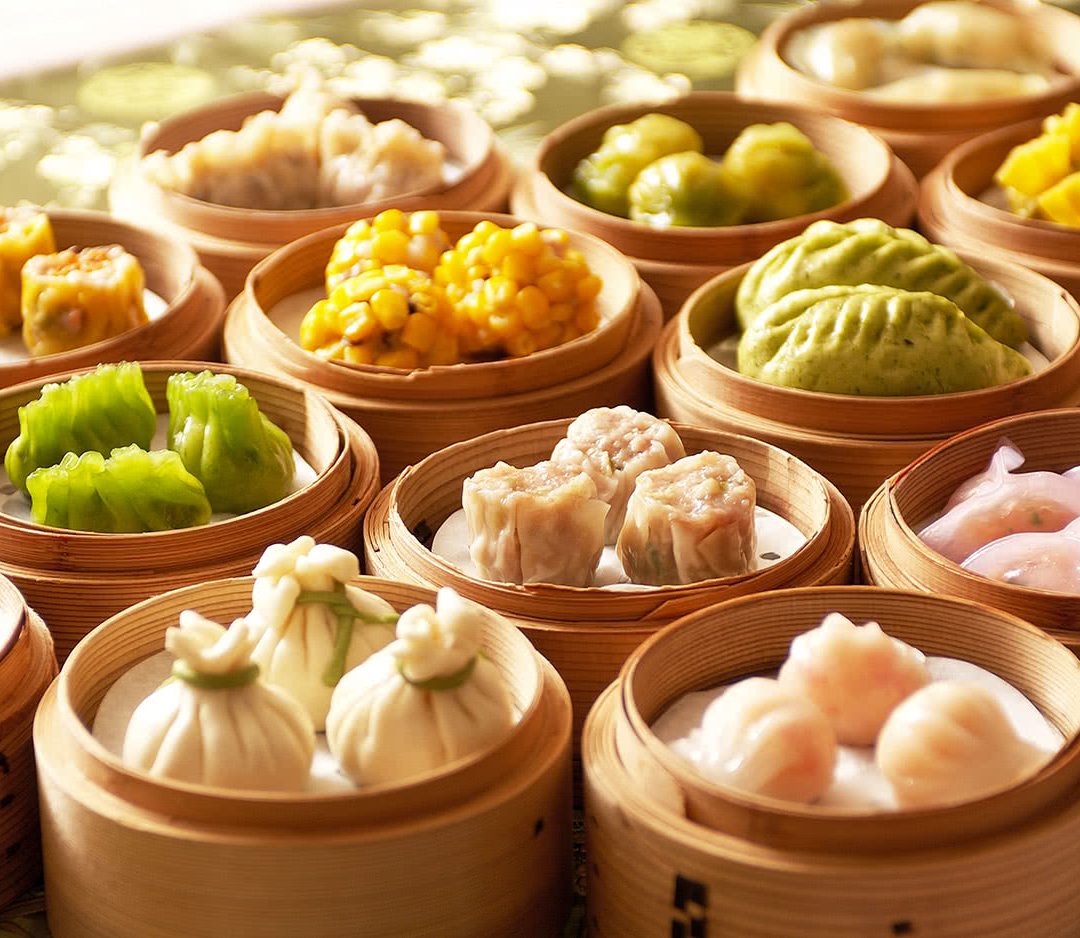
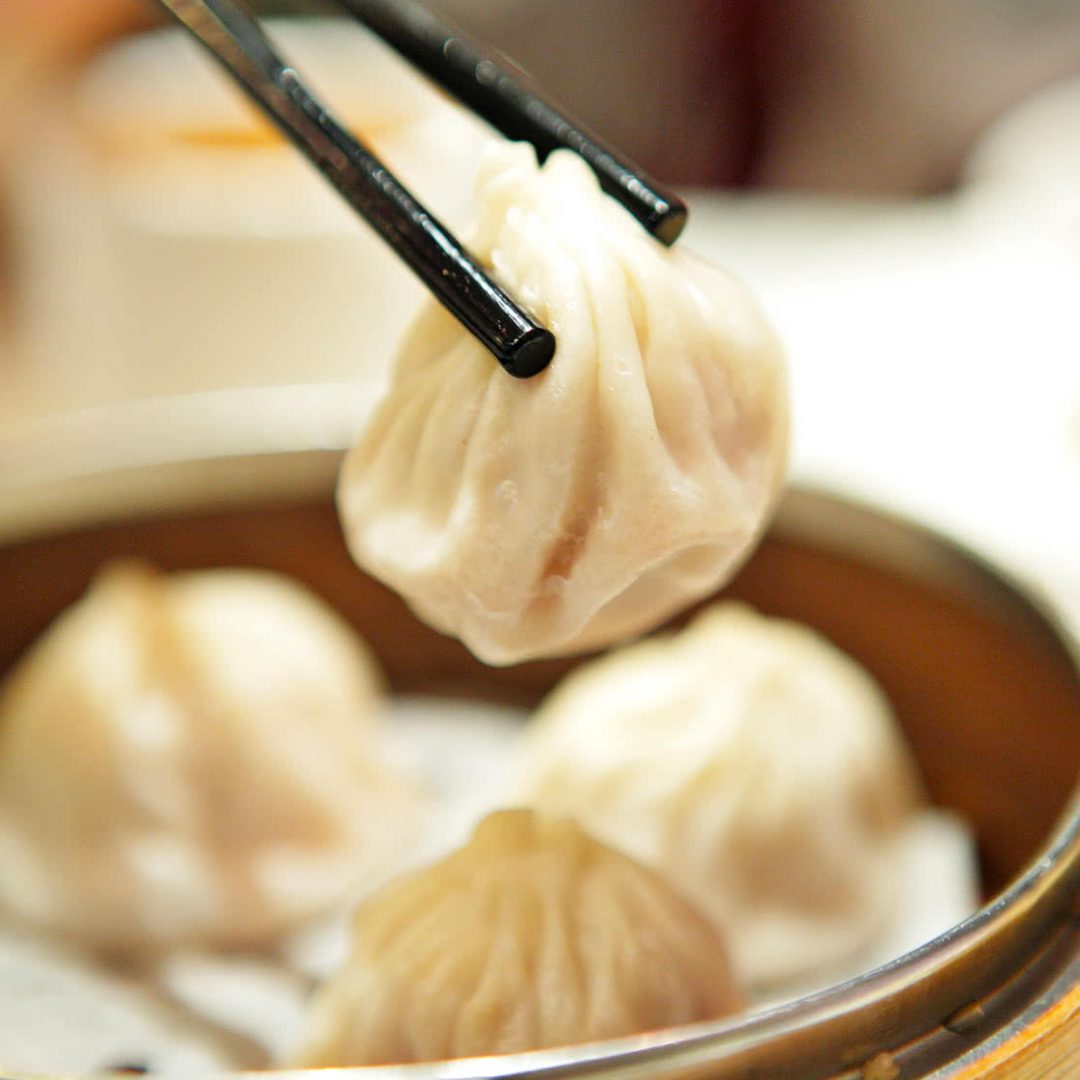
Dim sum
-
Kitchen Chinese cuisine
-
Allergens Various depending on the chosen item
-
Basis Dough / batter
-
For who Fans of classics
What is dim sum?
Dim sum is a category of food from the Chinese province of Guangdong consisting of single, bite-sized dishes. Dim sum can be sweet or savoury and may be served hot or cold. They can be steamed, baked or fried. Sometimes they are small sandwiches, sometimes dumplings, wraps, spring rolls, or even mini tarts or puddings. There are also those which, at least from the outside, resemble a meatball.
Dim sum literally means “touching the heart”, which refers to the original intention of dim sum: the small bites were meant to impress, not to satisfy a great hunger.
The dish is inextricably linked to drinking tea. In fact, dim sum originated in the tea houses of the city of Guangzhou and along the Silk Road in the second half of the nineteenth century. When the managers of the tea houses discovered that drinking tea promoted digestion, they began serving small snacks to the travelling salesmen and workers who stopped with them for tea and dim sum was born.
People still eat dim sum in China for breakfast or brunch, of course with tea. A dim sum meal usually consists of three or four dim sum pieces, which are chosen from a trolley stacked with towering steam baskets. The trolley is pushed around between the tables of the restaurant.
Popular dim sum items are:
- Steamed dumplings in a sheet of wheat and tapioca, filled with shrimp (ha kau).
- Steamed dumplings in a sheet of wheat, filled with minced pork and minced shrimp (siu mai).
- Steamed light buns (baozi) filled with barbecued pork (cha sieuw bao), chicken (kai bao) or a sweet, pudding-like filling.
- Fried shrimp toast (ha to si).
- Dumplings filled with meat, fish and/or vegetables that are first fried, then steamed and then fried again (jiaozi). This is the bigger brother of the Japanese gyoza.
- Rice noodle rolls consisting of filled pancakes rolled into long rolls (cheong fun).
East vs. west
In the West, we don’t usually eat dim sum for breakfast or brunch but prefer to eat a larger quantity as a supper.
How to eat
There are so many different dim sum. Some you eat with your hands, some with a spoon or with chopsticks. Some come with a dip, others a sauce. Sometimes there are bones in that you can chew while others must first be unwrapped before you eat them. All in all, the rules are complicated. If you would like to do it properly, ask your server. Or just do what you think is best.
Also try
There are various dishes from other Asian countries that are similar to dim sum. Japanese gyoza is the closest, but also Vietnamese cha gio and goi cuon, cut into pieces, are suitable bite-sized dishes.

